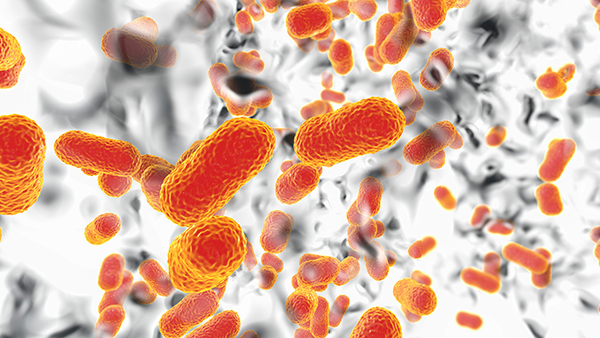
possess antioxidant and antibacterial activities. They were able to observe these by looking at the ability of these oils to scavenge free radicals and chelate metals, their phenolic and flavonoid contents, as well as their antimicrobial activity.
Essential oils are compounds extracted from plants that capture the plant's essence, like its scent and flavor. These oils are commonly inhaled or rubbed on the skin so that they can stimulate the limbic system, which is associated with emotions, behaviors, breathing, heart rate, and blood pressure. This practice is known as aromatherapy. Some essential oils can be ingested as well, however, this is not safe for all.
Lemongrass essential oil is derived from the stalk and leaves of the lemongrass plant. It is commonly used for cooking or as an herbal medicine for digestive problems and high blood pressure. In addition to these, lemongrass essential oil is also being used to relieve stress, anxiety, and depression. Similarly, essential oils extracted from oranges also have a lot of health benefits. It can be used as a sedative, to treat spasms and Alzheimer's, stimulate urination, and relieve depression. However, orange essential oils are more commonly known for adding flavor to foods and beverages.
In this study, which was published in the European Journal of Medicinal Plants, they focused on the potential antioxidant and antibacterial activities of lemongrass and orange essential oils. They extracted these oils using hydrodistillation, a common method for acquiring essential oils. This process essentially carries away volatile materials from the plant material in the form of steam, which is then condensed and separated.
The essential oils were then subjected to experiments that evaluate their antioxidant activity. These include 1,1 –diphenyl- 2 picrylhydrazyl (DPPH) radical scavenging activity, hydrogen peroxide scavenging, reducing power and metal chelating activity, and determination of total phenolic and total flavonoid content. Based on the results of these experiments, they were able to determine that lemongrass essential oils have higher total phenolic and flavonoid content compared to those of orange. As a result of this, lemongrass essential oils also exhibited higher DPPH radical scavenging and metal chelating activities.
The antibacterial properties of lemongrass and orange essential oils were determined against pathogenic bacteria, Staphylococcus aureus and Staphylococcus epidermidis, as well as non-pathogenic bacteria, Lactobacillus casei and Lactobacillus brevis. Researchers used the pour plate method to evaluate the minimum inhibitory concentration, which is the lowest concentration needed to inhibit growth. In addition to this, minimum bactericidal concentration, which is the lowest concentration needed to kill bacteria, was also determined. The results of these experiments show that both essential oils are only effective against pathogenic bacteria. It was also observed that the antibacterial activity of lemongrass essential oil is more potent than orange essential oil.
From the results of the study, the researchers were able to conclude that in addition to the many health benefits of lemongrass and orange essential oils, they also possess antioxidant and antibacterial activities, making them even more powerful than they're already known to be. (Related: Six awesome ways to use lemongrass essential oil.)
Other essential oils with antibacterial properties
Aside from essential oils from lemongrass and orange, there are many others possess antibacterial activity, such as:
- Tea tree oil – This essential oil, which is derived from Melaleuca trees, has antibacterial, anti-fungal, and antiviral activity. These make it an effective treatment for skin conditions like eczema and acne.
- Oregano oil – The antibacterial activity of oregano oil has been shown to rival most antibiotics. Aside from this, it also exhibits antioxidant, anti-fungal, anti-inflammatory and pain-relieving properties.
- Bergamot essential oil – Due to its antibacterial activity, bergamot oil has been used to treat many conditions, including meningitis, urinary tract infection, and mouth ulcers.
Learn more about how lemongrass and orange essential oils eliminate bacteria by visiting EssentialOils.news today.
Sources include:
Please contact us for more information.























